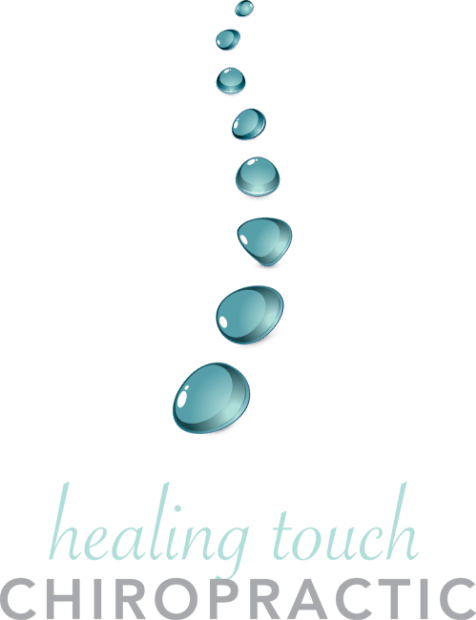Why does it matter, how does it affect kids, and what is it?
Is there a way to help children with neurodevelopmetal disorders without the use of brain altering drugs or surgeries? What if there was a way to improve not only concentration, but also eye contact, sensory integration, and communication?
We are in a time where children are sicker, and have more behavioral troubles than ever before. Asthma, Allergies, Autism and ADHD actually effect 1/3rd ofall American children! This is due to stress. I know what you’re thinking… how can a child possibly have this much stress? They don’t even pay bills. The stressors that children deal with are coming from junk food, environmental toxins, and an increase in screen time. These toxic stressors build up over time, and cause a litany of different problems.
Prior to Polyvagal Theory, the autonomic nervous system was comprised of two components. The sympathetic nervous system, also known as fight or flight. When activated this part of our nervous system tells the body that it is running away from a tiger, and sends all the bodies resources to the muscles, so that you can run faster. The parasympathetic nervous system, also known as the rest and digest portion helps you relax, sleep, and digest that fantastic apple pie that you made for dessert. Well one day, about 20 years ago, Dr. Stephen Porges comes along and says “I don’t think that’s the whole story!”, so he introduced the polyvagal theory that brings up a more evolved third branch of the autonomic nervous system. This third branch, the polyvagal branch, is said to be the social engagement system. Stressors make our bodies think that we are constantly being ch ased by that tiger, and messes up the balance of our rest/digest, fight/flight, and social engagements. For example: I don’t have time to eat dinner, or make a new friend if I have a stack of homework as tall as I am.This theory could explain the increased incidences of all of the neurodevelopmetal conditions that are plaguing our children.
ased by that tiger, and messes up the balance of our rest/digest, fight/flight, and social engagements. For example: I don’t have time to eat dinner, or make a new friend if I have a stack of homework as tall as I am.This theory could explain the increased incidences of all of the neurodevelopmetal conditions that are plaguing our children.
In 2016 a study was done on how chiropractic care can help with these neruodevelopmental issues. Four children were adjusted using a gentle technique that focused on the vagus nerve specifically. All four children had improvements in physical abilities, but they also had improvements with their ability to engage socially. If chiropractic can help just one family who is struggling with all of the stress that comes with these conditions, then I am happy to be a doctor in this wonderful profession. Helping children is my WHY.
Drew Rubin DC, DACCP, Haley Wilson DC, and Ryan Harward DC; Journal of Pediatric, Maternal & Family Health – Chiropractic ~ Volume 2016 ~ Issue 3 ~ Pages 80-83
